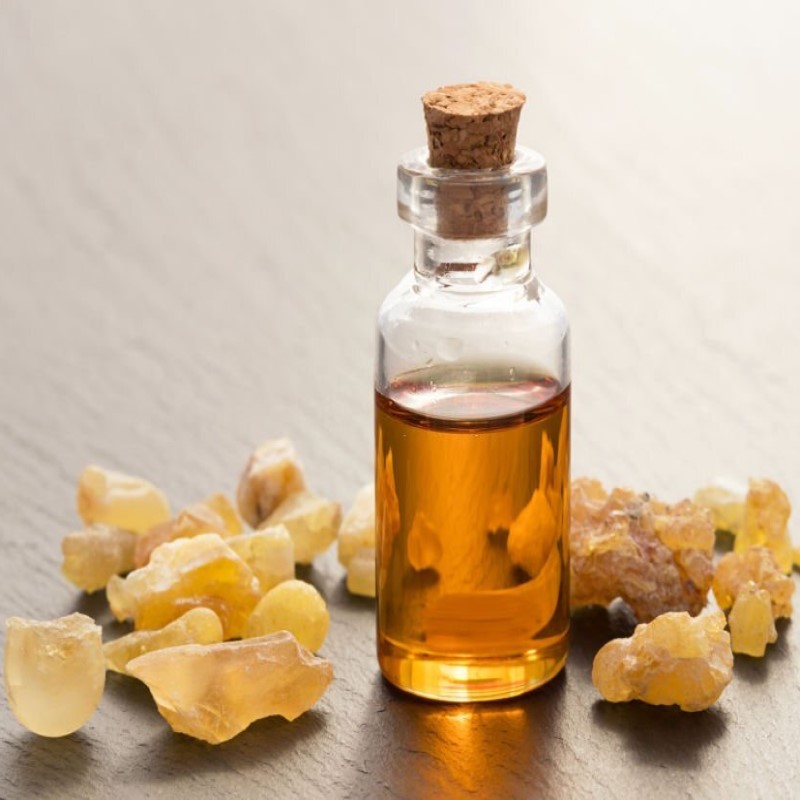Elemi essential oil is a popular ingredient in soap, lotion, and cosmetic products due to its numerous beneficial properties. Extracted from the resin of the Canarium luzonicum tree, elemi essential oil has a woody, spicy, and slightly lemony scent.
Benefits of Elemi Essential Oil
Elemi essential oil has antiseptic and anti-inflammatory properties that make it ideal for use in skincare products. It can help soothe irritated skin, heal wounds, and reduce the appearance of fine lines and wrinkles. Elemi essential oil is also known for its ability to balance oily skin and reduce the appearance of blemishes.
Use in Soap Making
Elemi essential oil is a popular ingredient in soap-making due to its refreshing and uplifting scent. It is often combined with other essential oils like lavender or peppermint to create a pleasant and invigorating fragrance. In soap making, elemi essential oil can help cleanse the skin and leave it feeling soft and smooth.
Use in Lotion Making
In lotion making, elemi essential oil is often used for its rejuvenating and moisturizing properties. It can help soothe dry, irritated skin and leave it feeling nourished and hydrated. Elemi essential oil is also known to help reduce the appearance of scars and age spots, making it an excellent ingredient in anti-aging skincare products.
Use in Haircare Products
Elemi essential oil can be beneficial for hair care as well. It can help strengthen hair and reduce hair fall, making it an excellent ingredient in shampoos and conditioners. Additionally, elemi essential oil can help soothe an itchy, irritated scalp and promote hair growth.
Wholesale Buying of Elemi Essential Oil
By buying Elemi essential oil in bulk, formulators and manufacturers can ensure a consistent supply for their production needs and also take advantage of potential cost savings. With proper sourcing and storage, elemi essential oil can be a valuable addition to any soap, lotion, or cosmetic product.
| Property | Information |
|---|---|
| What is it? | Essential oil derived from the resin of the Canarium luzonicum tree |
| Usage rate in soap | 2-5% |
| Usage rate in skincare products | 0.5-1% |
| Usage rate in haircare products | 0.5-1% |
| Famous products it is used in | Various perfumes, skincare, and haircare products |
| Benefits in formulations | Anti-inflammatory, antiseptic, astringent, revitalizing, calming, and skin-balancing |
| Free radicals amount | High |
| Antioxidants amount | High |
| Anti-inflammatories amount | High |
| Fatty acids amount | Moderate to low |
| INCI | Canarium luzonicum gum oil |
| Saponification value in NaOH | 155-185 |
| Saponification value in KOH | 217-245 |
| CAS | 8023-89-0 |
| EINCS number | 232-372-2 |
| Harvesting method | Extraction of the resin from the bark of the tree |
| Manufacturing method | Steam distillation of the resin |
| Color | Pale yellow to amber |
| Viscosity | Thin |
| Origin | Philippines and other Southeast Asian countries |
| Scent | Fresh, woody, and slightly spicy |
| Absorbency speed | Medium to fast |
| Approximate melting point | 45-50°C |
| Similar oils | Frankincense, myrrh, benzoin, and copaiba |
| Storage and shelf life | Store in a cool, dark place and use within 1-2 years for best quality and potency. |

